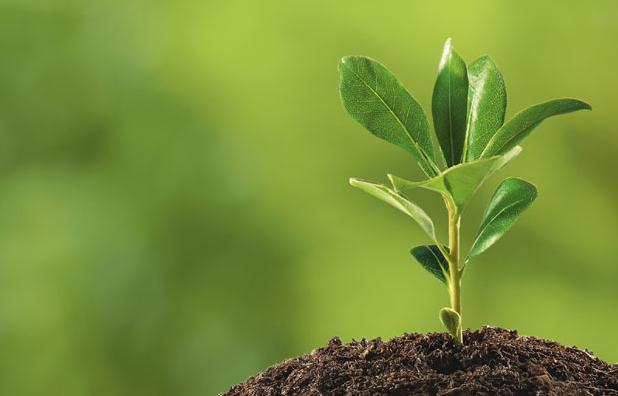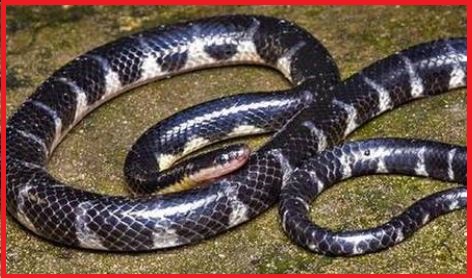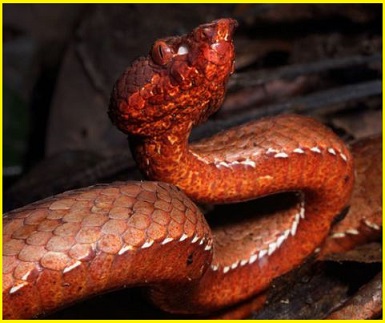Updated By: LatestGKGS Desk
Phytomorphology: Major parts of the plants, physiology, functions, Importance

Plant Morphology: Structure of the major parts of the plant, functioning, Importance
Leaves: These are the parts of the plant, where food is made by photosynthesis. Leaves take carbon dioxide from the air, water from the soil and energy from the sunlight. During photosynthesis, the leaves use light energy to change Co2 and H2O into food(Sugar).
Flowers -These are the reproductive parts of the plant. Flower petals and the flower smell attract insects and bees to pollinate the flower. After pollination, the petals fall off and seeds develop in the part of the flower called the ovary. The ovary itself usually becomes what we call the fruit.
Stem- These support the upper parts of the plant. Water and dissolved nutrients from the soil travel up the stem in a system of tubes. Food the leaves travel down stems to the root. Stem also store food for the plant and help the plant for the best growth.
Roots- These anchor plants in the soil. Water and minerals from the soil through the roots. Many plants such as carrots, store food in roots.
Seeds- These contain a tiny embryo of a plant inside. The seeds halves contain food, which supplies energy and materials for growth until the plant grows its first leaves above the ground.


